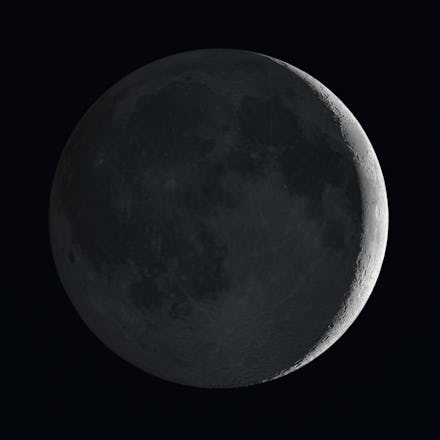NASA Wants to Give the Moon Its Own Moon — This Video Shows How

On Wednesday NASA announced the next step on the road to Mars: putting a moon into orbit around the moon by the mid-2020s.
You read that correctly: NASA is planning to give the moon its own moon.
As part of the Asteroid Redirect Mission (ARM), an unmanned vessel, using big, Steven Spielbergian robotic arms, will pick up a boulder from an asteroid near Earth and put it in orbit around the moon. This is not unlike something James Bond nemesis Ernst Blofeld would do in You Only Live Twice.
This new moon would create an exploration site to mimic deep space missions. It would give NASA a place to hold dress rehearsals for the eventual mission to Mars, and would allow the agency to run other off-surface tests necessary for space travel.
"The option to retrieve a boulder from an asteroid will have a direct impact on planning for future human missions to deep space and begin a new era of spaceflight," Robert Lightfoot, NASA associate administrator, said in the Wednesday press release.
According to NASA Senior Public Affairs Officer David Steitz, further planning is underway. The only concern now, like all other space travel initiatives, is money.
"NASA's moving out on ARM — we've passed our Mission Concept Review and moving into Phase A, where we define our mission further, tightening up our mission architecture," Steitz told Mic via email. "Challenges to the project will be similar to those [of] other NASA missions — successful advanced technology development, new systems engineering and adequate funding during tough federal budget times."
It's a potentially $1.25 billion mission, and though NASA's 2015 budget request was for $186 million less than it was in 2014, down to $17.46 billion, most cuts are coming from places like Earth science, astrophysics and planetary science. That said, this is just the proposal, not the actual approved budget from Congress, so there's no telling what other cuts will be made.
Whatever final budget is approved will need to be enough to sustain this long mission, which will take about six years to complete, since it involves putting the boulder into lunar orbit by (robotic) hand, for which the spacecraft needs to stick around for 215 to 400 days. Shortly thereafter, NASA's Orion spacecraft will carry two astronauts up to explore the asteroid.
The mission would also be a means of testing a slow but powerful Solar Electric Propulsion (SEP) system, using solar panels to push cargo forward and reduce the amount of rocket fuel the spacecraft would need to carry to the Red Planet.
Beyond just providing a means to prepare for future deep space missions (for which other prep missions are already under way), the ARM initiative could be used to prevent future natural catastrophe, not unlike asteroids smashing into Earth a la Deep Impact. The ARM would test a gravity tractor, using gravitational pull (no actual contact) to alter the course of an asteroid.
Even though the agency doesn't need to pick an asteroid until 2019, a year before the mission is set to launch, the scouting needs to start early. There are currently three candidates, chosen based on size, rotation, shape and current orbit — parameters necessary to figure out what's feasible when it comes to eventually landing Orion on the asteroid boulder to conduct spacewalks. Which comes in handy, considering they'll need to do something extremely similar when figuring out how to safely return samples from Mars.